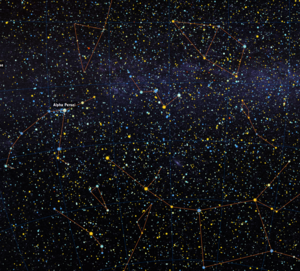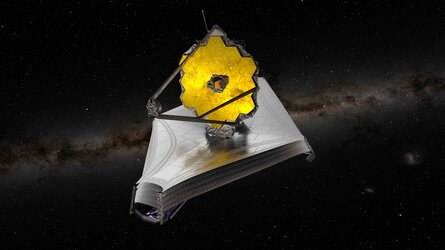Crew Return Vehicle (CRV)
Manned Spacecraft to return the crew to Earth in case of emergency
The Crew Return Vehicle is a higly automated reusable spacecraft that serves as a space ambulance, life boat and alternate return vehicle for the crew on the International Space Station. The Crew Return Vehicle provides space for up to 7 astronauts.
NOTE: Since data for the real CRV is not yet available this fact sheet is largely based on the X-38, the CRV's prototype.
| Dimensions | |
|---|---|
| Crew Return Vehicle length | 9144 mm |
| Crew Return Vehicle width | 4420 mm |
| de-orbit-propulsion stage length | 1829 mm |
| Cabin internal volume | 11.8 m3 |
| Mass budget | |
| Crew Return Vehicle mass | 11 340 kg |
| De-orbit propulsion stage mass | 2722 kg |
| Propulsion | |
|---|---|
| De-orbit propellant | Mono-propellant Hydrazine |
| Attitude control system | Pressure regulated Nitrogen cold gas thrusters 922 x 111 N each) |
| Communications infrastructure | |
|---|---|
| S-band | |
| Ku band TDRS satellite |
| Environmental control | |
|---|---|
| Max. number of crew members | 7 |
| Cabin temperature |
18° - 27° C (Attached to ISS) up to 28° C after landing |
| Air pressure | 958 - 1013 hPa |
| CO2 and CO removal | Lithium Hydroxide cartridge |
| H2O vapor removal | Charcoal cartridge |
| Medical facilities | Ambulance style first aid can be administered |
| Electrical power | ||
|---|---|---|
| Launch phase | Power provided by Space Shuttle atttached to ISS: Dormant mode | (monthly low power maintenance checks from ISS) |
| De-orbit and descent | Power provided by 4 rechargeable Lithium batteries |
| Main construction material | |
|---|---|
| Pressure shell Internal structure | Various composite materials |
| Thermal protection | Ceramic Matrix Composite (CMC), Thermal tiles and Thermal blankets |
| Main European contractor | |
|---|---|
| MAN Technology (Bremen, Germany) and Alenia (Turin, Italy) | Leading 22 industrial companies in eight countries |
| Launch configuration | |
|---|---|
| Launch Vehicle | Space Shuttle |
| Launched inside the orbiter's cargo bay and berthed to ISS with the Space Station Remote Manipulator | |
| Launch site | Kennedy Spce Center (Florida, USA) |
| First flight | mid 2007 |
| Flight rate | 1 per 3 years |
| On orbit configuration | |
|---|---|
| Attached in stand-by mode to Node 3 | |
| Port-port for a period of 3 years | |
| Maximum mission duration for emergency departure | 9 hours |
| Maximum mission duration for medical return | 3 hours (because this allows time for optimum sequencing between ISS departure and re-entry burn) |
| Maximum tumbling rate of ISS still to allow separation | 2°/s |
| Landing configuration | ||
|---|---|---|
| Control during flight and landing | Autonomous with manual interference | |
| Attitude control | Cold gas and Air surfaces | (which take over in denser regions of the atmosphere) |
| Parafoil area | 685 m3 | Drogue chute deployment at 8 km. altitude |
| Main chute deployment at 7 km. altitude in 5 steps | ||
| Landing gear | 3 skis | |
| Landing accuracy | < 9 km radius | |
| Horizontal landing speed | < 4.6 m/s | |
|
Flight hardware (European built) |
Fin structure, Fin folding mechanism | |
| Aft structure design | ||
| Ceramic Matrix Composite (CMC) rudder, body flaps and nose cone | ||
| Trunnion retraction mechanism | ||
| Aerodynamic and Aerothermodynamic database | ||
| Landing gear system | ||
| Crew seats | ||
| International berthing/docking mechanism development model | ||
| Cockpit display technique development | ||
| Avionics | (architectural support) |















 Germany
Germany
 Austria
Austria
 Belgium
Belgium
 Denmark
Denmark
 Spain
Spain
 Estonia
Estonia
 Finland
Finland
 France
France
 Greece
Greece
 Hungary
Hungary
 Ireland
Ireland
 Italy
Italy
 Luxembourg
Luxembourg
 Norway
Norway
 The Netherlands
The Netherlands
 Poland
Poland
 Portugal
Portugal
 Czechia
Czechia
 Romania
Romania
 United Kingdom
United Kingdom
 Slovenia
Slovenia
 Sweden
Sweden
 Switzerland
Switzerland


























